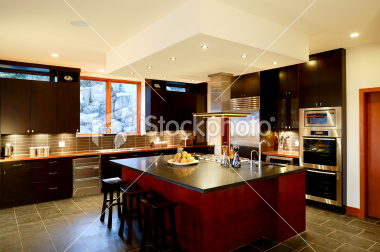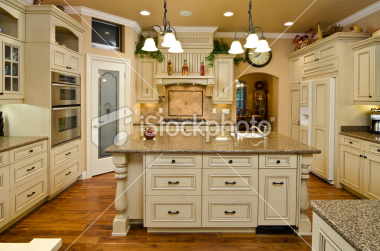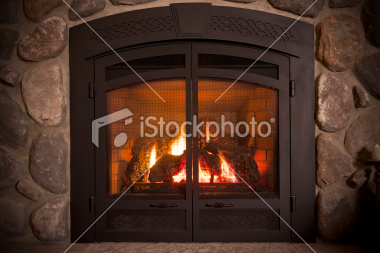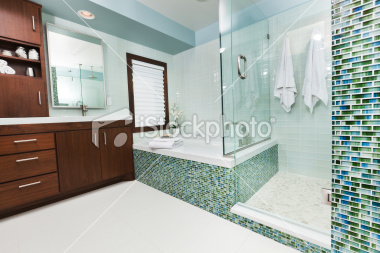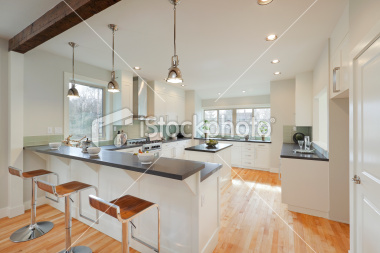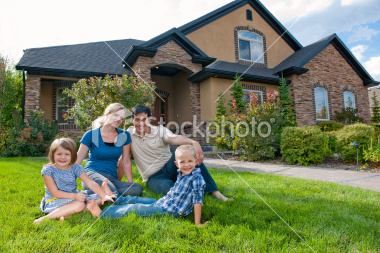Indoor Air Quality: What Every Homeowner Should Know About Carbon Monoxide

“Often people begin to think about air quality as it relates to fireplaces, whether they are wood burning or gas. In reality, any home appliance combusting gas or other fuel will have a waste product — Carbon Monoxide.” Bill Hussell, Owner of The Chimney Doctors of Madison, Milwaukee and Minocqua.
Fact Check:
Carbon monoxide (CO) is an odorless, colorless, tasteless gas which is very toxic. Exposure to CO can cause symptoms including headaches, dizziness,weakness, nausea, vomiting, or loss of muscle control. Prolonged exposure to high concentrations of CO can lead to unconsciousness, brain damage, or death.
Two Facts To Protect Home & Family:
“To protect their families, homeowners must understand the correct operation of natural gas, or any fuel-burning heating equipment, requires two key conditions,” says Hussel.
1. An adequate supply of air for complete combustion
2. Venting of the products of combustion (gas fireplaces, furnaces, hot water heaters, etc.) to the outside.
With these two conditions, any appliance can be safe, however, there are certain rules that should be followed.
Causes of Hazardous Conditions Include:
Dirt And Blockage
? Never insulate or try to seal up a draft hood, wind cap or exhaust vent on any gas appliance (furnace, hot water heater, range, dryer or space heater).
? Don’t restrict air circulation near equipment.
? Keep safety panels and grills on the furnace closed when its operating.
? With gas water heaters, make sure combustion air openings at the bottom of the tank and the opening below the draft diverter remain unblocked.
? If you have a gas dryer (or any fuelburning equipment), the exhaust duct must be vented to the outside and have a hood at the end. Be sure it is free of lint and debris.

Using Other Equipment Which Consumes Or Exhausts Household Air
? If you use exhaust fans and a fireplace or other fuel-burning heater or stove:
– Run exhaust fans for only a minute or two at a time and don’t run power attic vents during the winter or when your furnace is on (prolonged use could remove too much air).
– When your fireplace, coal or woodstove is operating, open a window and close off warm air registers in the room, or install a fresh air duct directly to the fireplace or stove.
Confining Or Enclosing Gas-Fired Equipment
? If you’ve partitioned off your furnace and water heater, you may need additional ventilation.
Be Aware Of Danger Signs
The best safety measure is to be aware. Current products on the market are the safest they’ve ever been, however, older homes with older equipment or simple malfunctions can occur at any time. Stuffy, stale or smelly air, backdrafts and soot from a fireplace or furnace chimney usually means your home needs more air for proper combustion and healthy living. If you have any questions, turn off the equipment and contact your gas company emergency service.

